The average student acquisition cost for the education sector is $862; for K-12 Edtech, it ranges between $137 to $821, and for higher education it’s $1,143.
If you are spending more than this benchmark, or wish to further reduce your student acquisition cost, this article is for you.
We’ll discuss 7 practical strategies to bring down your student acquisition cost.
Let’s dive in.
7 Practical Strategies to Reduce Your Student Acquisition Cost
1. Hyper targeted marketing
Instead of broad targeting, focus your marketing efforts on reaching the ideal student demographic. Create valuable content (blogs, videos, social media posts) addressing their specific needs and pain points.
For example,
WGU, a non-profit online university, targets working adults seeking career advancement. They offer free webinars on relevant topics, demonstrating expertise and attracting potential students who are a good fit for their programs.
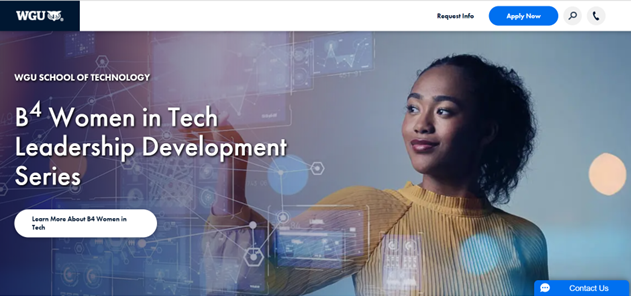
2. Google Search traffic
Implement Search Engine Optimization (SEO) best practices on your website to rank higher in search engine results for relevant educational keywords. This drives organic traffic of potential students actively searching for what you offer, reducing reliance on paid advertising.
For example,
Khan Academy, a free online learning platform, uses SEO effectively. By creating high-quality educational content on various subjects, they rank high in search results for terms like “free math lessons” or “online science tutorials,” attracting students organically.
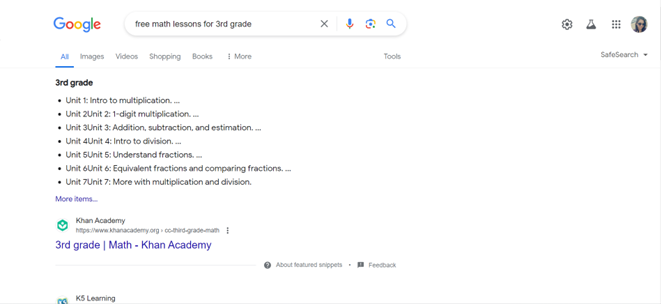
3. Referral programs and student advocacy
Encourage existing students to refer their friends and family by offering incentives like scholarships or discounts. Leverage positive student experiences and testimonials through social media and marketing materials to build trust and attract new students through word-of-mouth marketing.
For example,
University of Pennsylvania’s Wharton School offers a referral program where current students can earn rewards for referring qualified applicants. This program leverages the positive experiences of current students to attract new ones at a lower cost.
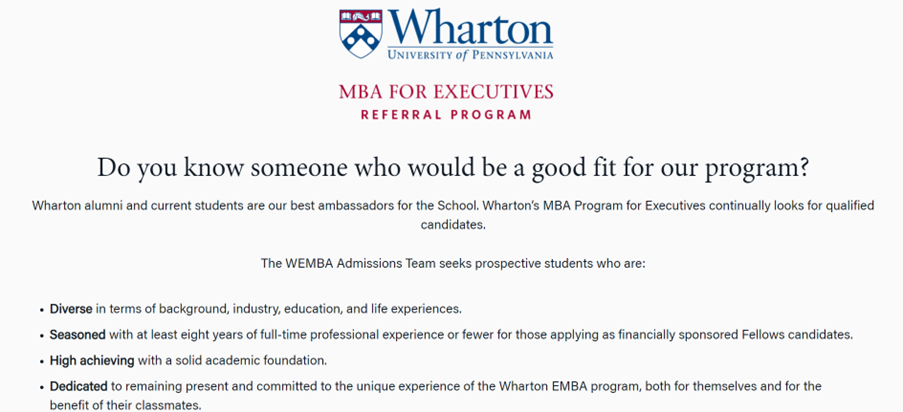
4. Partnerships and collaborations
Partner with relevant organizations, businesses, or high schools to reach a wider audience and leverage their existing networks. Collaborations can involve co-hosting webinars, offering scholarships, or cross-promotion on each other’s platforms.
For example,
Purdue University Global partners with companies like Guild Education to offer upskilling and reskilling programs to employees. This collaboration allows Purdue to tap into a pre-qualified pool of potential students identified by Guild, reducing acquisition costs.

5. Micro-credentials and stackable courses
Offer short, focused courses culminating in micro-credentials or stackable certificates. This caters to learners seeking specific skills or wanting to “try-before-you-buy” a larger program. The bite-sized format reduces upfront cost and attracts potential students who might later pursue a full degree.
For example,
Emory University offers online micro-credentials in various business and healthcare fields. These programs provide valuable skills for working professionals and serve as a gateway to potential enrollment in a full Master’s program.
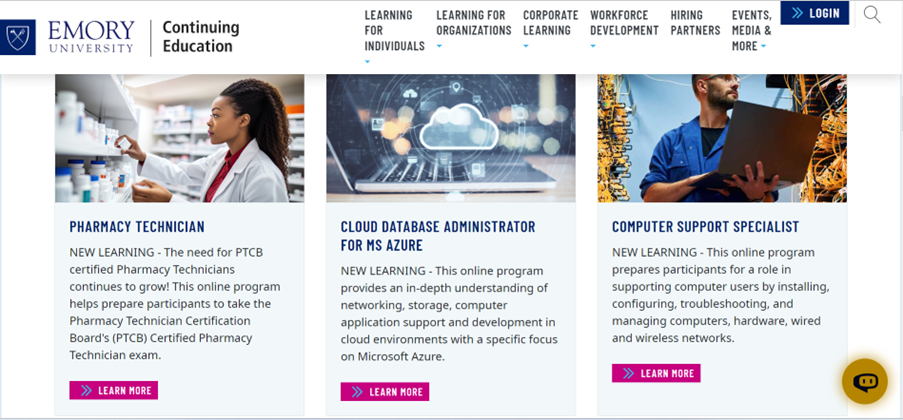
6. Utilize student success stories and alumni networks
Showcase the success stories of current and past students. Highlight how your program helped graduates achieve career goals or personal development. Leverage alumni networks for outreach and mentorship opportunities. These testimonials build trust with potential students and demonstrate the program’s value.
For example,
University of California, Berkeley uses a “Where Are They Now” section on their website featuring successful alumni stories. This showcases the career paths of graduates and inspires prospective students.
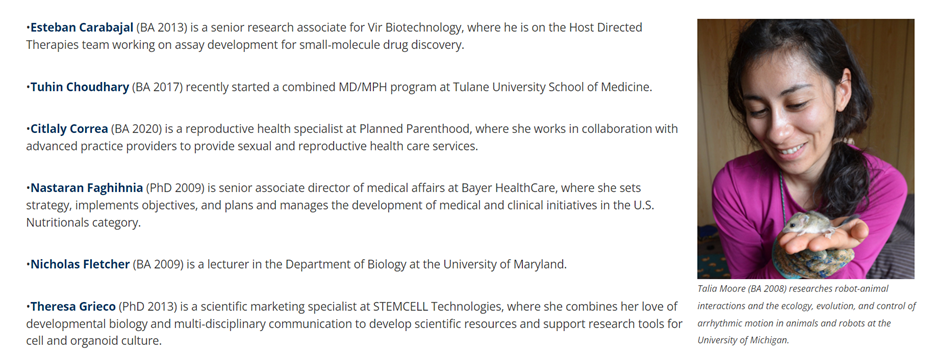
7. Offer scholarship and financial aid
Offer scholarships and financial aid programs targeted towards specific demographics or academic backgrounds. This incentivizes potential students who might be cost-conscious and expands your applicant pool. You can also highlight existing scholarship opportunities and make the application process clear and accessible.
For example,
Western Governors University (WGU) offers competency-based degrees at a flat-rate tuition, making them an attractive option for working adults. Additionally, they have various scholarship programs targeted towards specific professions or veteran students.

So, these are the tried and tested strategies to reduce student acquisition cost, we wanted to talk about.
Let us know which one worked for you.
Before we wrap up, here’s one final piece of advice.
Next Steps: Optimize Lead Generation and Conversion Funnels
Analyze your student recruitment process to identify areas for improvement. Streamline the lead generation funnel, ensuring a smooth transition from initial inquiry to enrollment. Use A/B testing on landing pages and application forms to optimize conversion rates.
For this,
- Create a detailed profile of your ideal student. Consider demographics, academic background, career goals, and pain points. This helps tailor your content and messaging to resonate with the right audience.
- Develop targeted content throughout the funnel. In the awareness stage, offer informative blog posts, social media content, or webinars addressing common challenges your ideal student faces. For the consideration stage, provide downloadable white papers, success stories, or virtual tours showcasing your program’s strengths. Finally, offer free consultations or personalized course recommendations during the decision stage.
- Make the application process as smooth and user-friendly as possible. Ensure your website forms are mobile-friendly and minimize the number of required fields.
- Use A/B testing to compare different versions of landing pages, email subject lines, or call-to-action buttons. Track metrics like conversion rates, click-throughs, and bounce rates to identify high-performing content and areas for improvement.
Also, note that lead generation is just one piece of the puzzle. Nurturing them and converting them efficiently will bring down your student acquisition cost.
For this part, we suggest using an education CRM system.
It will help you:
- Capture inquiries from various sources (website forms, phone calls, email) and store them securely within the CRM.
- Categorize leads based on program interests, inquiry stage (awareness, consideration, decision), and demographics and send personalized messages.
- Set up automated workflows within the CRM to trigger specific actions based on lead behavior.
- Gain valuable data on lead generation, conversion rates, and marketing campaign effectiveness.
If you’re looking for one such software, consider LeadSquared.
Trusted by leading educational institutions like upGrad, The Modern College of Design, Klay, and more, it has all the tools to help you convert more leads.
“Last year we enrolled more students than we have in our 38-year history. I’m thankful LeadSquared was implemented when it was to help us achieve this level of growth.”
– Jessica Barry, President, The Modern College of Design
To know more about LeadSquared, contact us.









